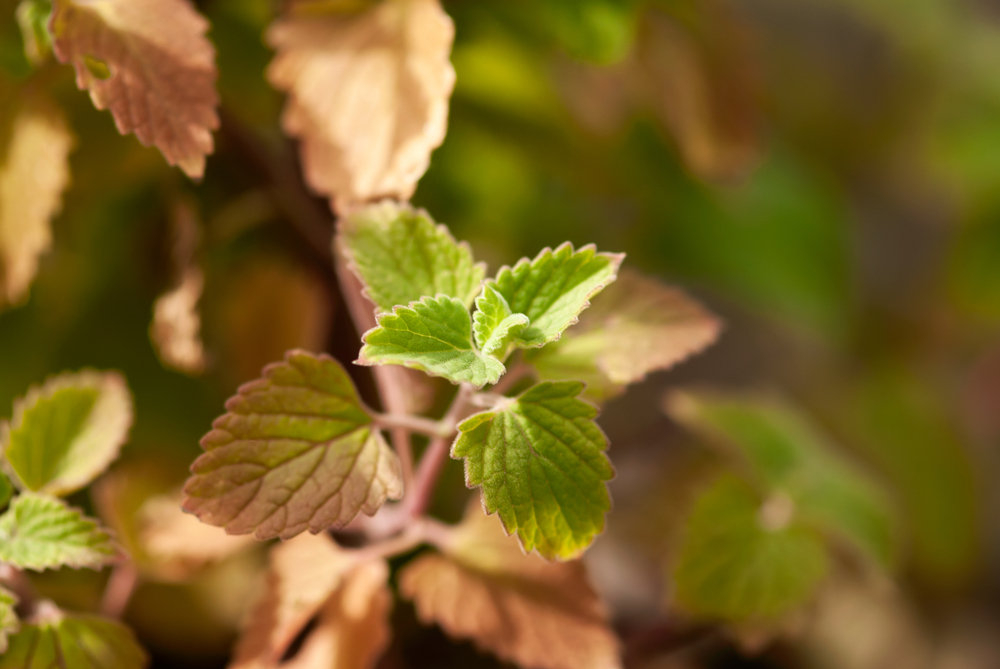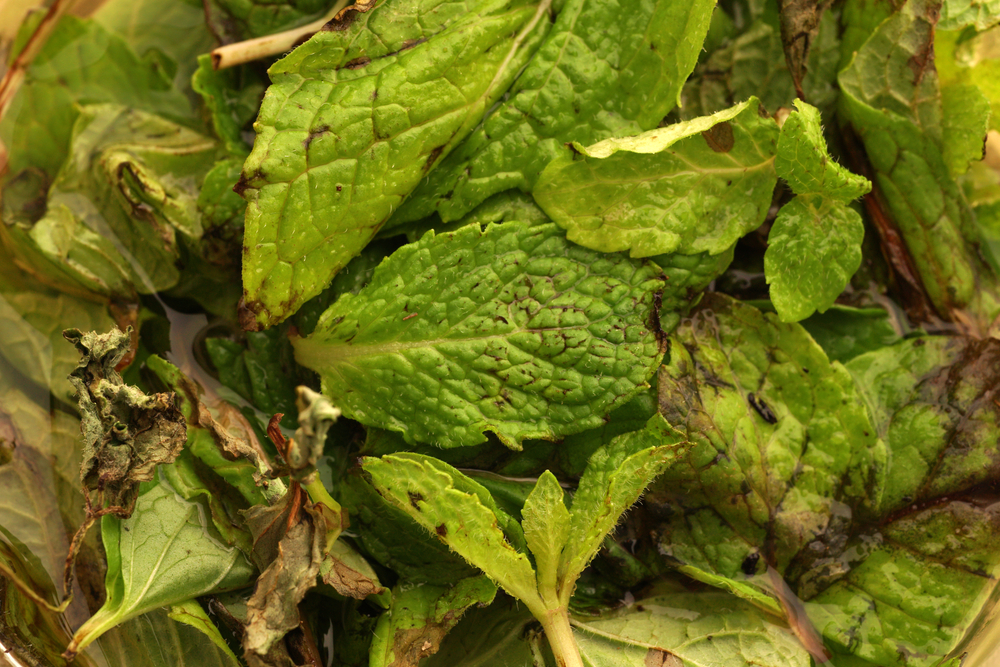Refreshing, fragrant, and versatile, mint is a beloved herb used in sweet and savory dishes. Prized for its bright flavor, mint is a key ingredient in many popular recipes. But sometimes mint leaves begin turning brown.
While most herbs lose their flavor and color when dried, mint actually becomes more potent. Dried mint leaves are often used to make tea, infused with oil, garnish, or flavoring for other foods. Dried mint leaves may have their uses, but we want to keep their leaves lush and green while still attached to the plant. With that being said, what causes mint leaves to turn brown?
It may be alarming to see your mint leaves turning brown, but there are a few reasons why this may happen. Let’s take a closer look.
Mint Care Requirements

Mint is extraordinarily trouble-free as it practically grows by itself. It is very undemanding and requires very little care. This aromatic herb is a perennial that can grow up to three feet in height. It has dark green leaves and small flowers that bloom in the summertime. The flavor of mint is refreshing and cooling, making it a popular ingredient in many dishes and drinks.
It flourishes in rich and moist soil and prefers a pH of 6 to 7. This plant requires a lot of water, so you need to water it at least once or twice a day. It prefers partial shade though it can also survive the full sun. Some species are cold-hardy and can tolerate cold temperatures, while others can handle heat without any problems.
Reasons Why Mint Leaves Turn Brown
The mint plant is famous for its toothed green leaves, and seeing them turn brown can be quite stressful. If this happens, it is important to try to identify the cause so you can take the necessary steps to fix the problem.
Low Humidity
Mint plants love moisture and require high humidity to thrive. Lack of moisture and humidity in its environment can cause the leaves to turn brown and wilt.
Too Much Sun Exposure
While mint plants need some sunlight to grow, too much sun can damage and scorch the leaves, causing them to turn brown.
Not Enough Water
These plants need to be watered regularly, especially during hot summer months. If the soil around your plant is dry or if the leaves are wilting, this is a sign that your plant needs more water.
Rust Fungus and Other Diseases
Mint rust fungus is the most common fungus to infect mint plants. This fungus usually attacks the underside of the leaves, causing them to turn yellow and eventually brown.
Aging
As perennials, mint plants last anywhere between five to ten years. They are tough and resilient, but just like any other plant, as they age, their leaves will begin to turn brown and wilt. If your mint plant is getting older, you can try to rejuvenate it by trimming the brown leaves and stems. You may also propagate your plant, so you can have a new mint plant to enjoy.
How to Prevent This from Happening
While there are several ways we can do to address mint leaves that have already turned brown, it is always better to prevent this from happening in the first place.
Here are some tips:
Give Enough Enough Moisture
Make sure that your mint is getting enough moisture. If the air in your home is too dry, try using a humidifier or placing your plant in a pebble tray filled with water.
Provide Just the Right Amount of Sunlight
Give your mint plant just the right amount of sunlight. If possible, place it in an area where it can get partial shade. They love the sun, but not too much that could potentially scorch the plant’s leaves.
Water Properly
Underwatering can stress your plant and deprives it of getting the moisture it needs. On the other hand, overwatering can drown your plant. Create a watering schedule. Make sure to water your mint regularly and check the soil to see if it is dry or moist before watering again.
Pest Control
If you notice any insects or pests on your plant, take action immediately. There are many pest control products available in stores, or you may create your own using household ingredients.
Neem oil, for instance, is a popular choice for many gardeners. You can mix this with water and spray it on your plant to get rid of pests.
Mint Leaves Turning Brown: Final Thoughts
Mint leaves turn brown for many reasons. It could be due to low humidity, too much sun exposure, not enough water, or overwatering. Pests and diseases can also cause the leaves to turn brown. In some cases, it may just be a sign that your plant is aging.
Prevent this from happening by making sure that your mint plant has enough moisture, the right amount of sunlight, and is properly watered. Inspect your plant regularly for pests and diseases and take action immediately if you see any problems. You can keep your mint plant healthy and prevent the leaves from turning brown with proper care.
